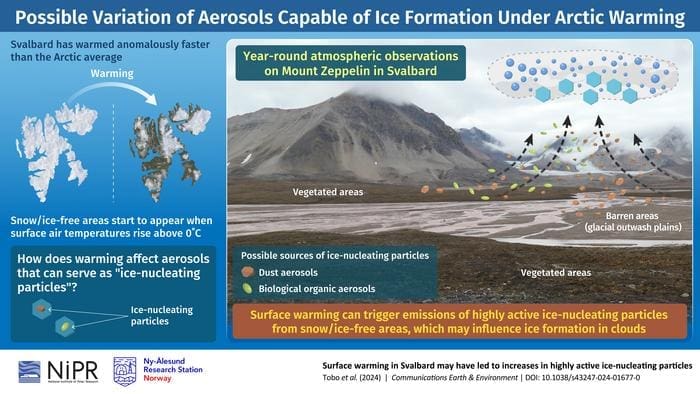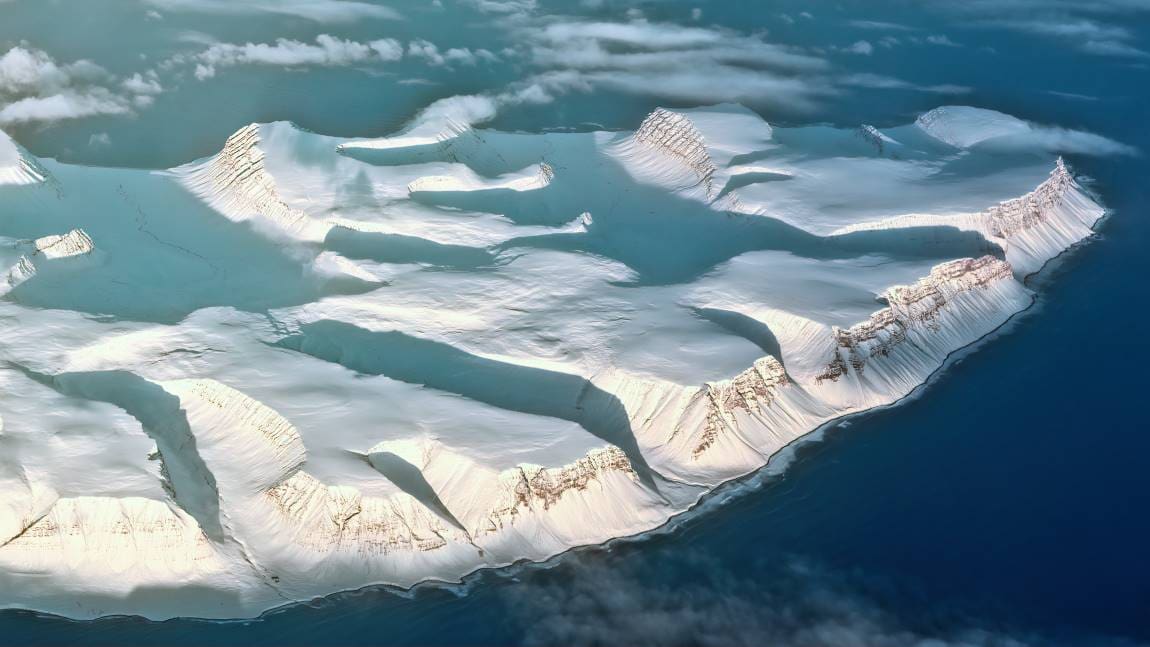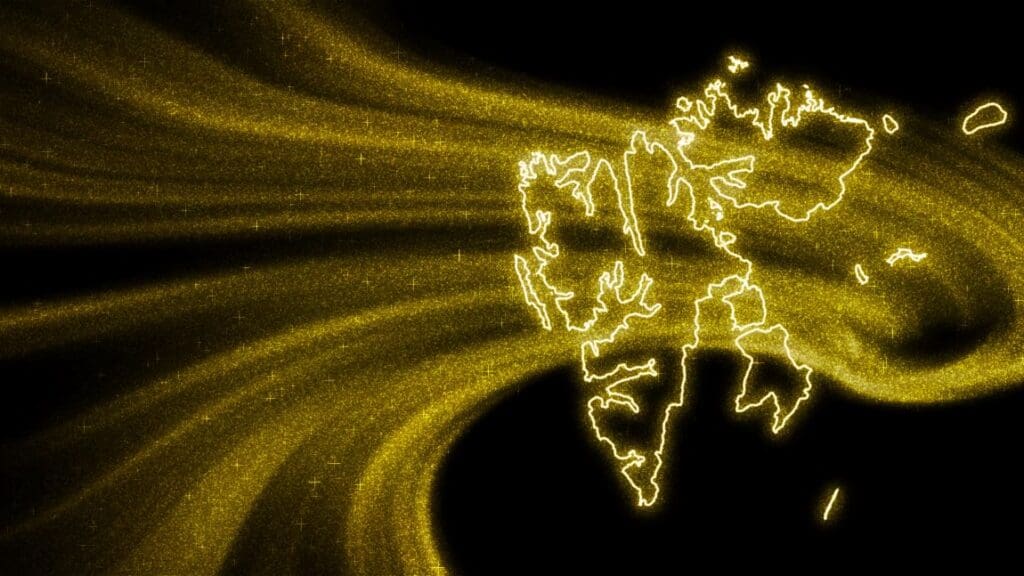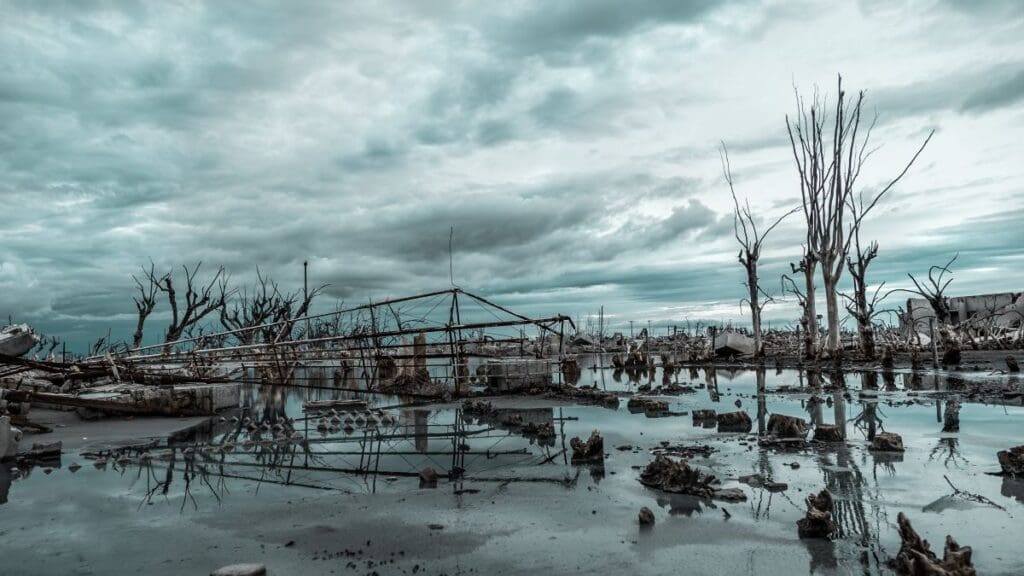Recent research reveals an unexpected connection between Arctic warming and ice formation in clouds, potentially influencing the region’s climate system.
As the Arctic continues to warm, conditions may favor the release of natural aerosols, such as ice-nucleating particles (INPs), that could fuel ice crystal formation in clouds, according to a study published on 18 September 2024 in Communications Earth & Environment.
The Arctic frequently experiences temperatures that support the formation of mixed-phase clouds – clouds that contain both supercooled liquid droplets and ice crystals. These clouds play a critical role in regulating the region’s energy balance. Typically, clouds with higher liquid content reflect more sunlight and last longer, while those with a greater number of ice crystals tend to dissipate more quickly, allowing for greater solar absorption by the Earth’s surface.

Climate models have long predicted that with Arctic warming, these clouds would become more dominated by liquid water, as higher temperatures are generally believed to inhibit ice crystal formation. However, the role of aerosols, especially INPs, adds complexity to this picture. Aerosols act as seeds for cloud droplets and ice crystals, and their impact on cloud composition may shift in a warming Arctic.
A closer look at INPs and Arctic warming
The study, led by Associate Professor Yutaka Tobo from Japan’s National Institute of Polar Research, focuses on the relationship between rising surface air temperatures and the availability of INPs. INPs are key agents in cloud ice formation, promoting the phase transition from liquid water to ice in mixed-phase clouds. Tobo’s team investigated how surface warming in the Arctic could enhance the production of these particles.
One of the study’s critical findings is that as the Arctic warms, larger areas of snow and ice melt, exposing barren land and vegetation. These regions, in turn, release increased amounts of INPs into the atmosphere.
“We found that the INPs tended to increase exponentially with rising surface air temperatures when the temperatures rose above 0°C and snow/ice-free barren areas and vegetated areas appeared in Svalbard, a region experiencing warming five to seven times faster than the global average,” explains Associate Professor Tobo.
The increase in INPs was most notable in the summer months, during which temperatures consistently rose above freezing, and more extensive snow-free zones emerged in Svalbard. As more active INPs are released, they promote ice formation in clouds, potentially leading to clouds with less liquid water and more ice – a process that may accelerate warming by altering cloud reflectivity and longevity.
Year-round observations in Svalbard
The study’s conclusions are based on year-round measurements collected during the Multidisciplinary drifting Observatory for the Study of Arctic Climate (MOSAiC) project from September 2019 to early October 2020. Aerosol samples were taken at the Zeppelin Observatory in Svalbard, and researchers used a droplet-freezing method to determine the number of INPs in the atmosphere. This method involved exposing aerosol samples to cold temperatures to observe their ice-forming potential.
The results revealed a sharp increase in INPs during the warmer months, particularly from mid-April to September. Scanning electron microscopy and energy-dispersive X-ray analysis of the aerosols identified that the dominant INPs during these months were mineral dust and carbonaceous particles, including microorganisms or plant debris.
The source of these aerosols was traced to snow-free barren areas and vegetated zones in Svalbard. Using Normalized Difference Vegetation Index (NDVI) data, the researchers found that about 35% of Svalbard had positive NDVI values, indicating areas of vegetation or exposed land, such as glacial outwash plains. These regions emitted dust and biological aerosols, such as microorganisms or plant fragments, which then contributed to the observed rise in INPs.
Implications for Arctic climate
The findings raise concerns about the future of Arctic climate dynamics, particularly as winter warming trends are more pronounced than those in summer. In Svalbard, winter temperatures are rising by over 2°C per decade. As snow and ice-free regions expand during the winter months, INP emissions are likely to increase, further influencing the composition of mixed-phase clouds.
The increase in INP emissions could challenge existing climate models, which often predict a transition toward more liquid-dominated clouds in a warming Arctic.
“Our results suggest the possibility that the supply of highly active INPs from high-latitude terrestrial sources will increase in response to the projected surface warming, and thus, this effect needs to be considered in climate models to improve our understanding of the phase transition scenario of Arctic mixed-phase clouds,” Tobo concludes.
Incorporating these new findings into climate models may improve predictions of cloud behavior and their impact on Arctic warming. As the region continues to warm, understanding the intricate relationships between aerosols, cloud formation, and the Arctic climate system becomes ever more critical in the global effort to address climate change.
Journal Reference:
Tobo, Y., Adachi, K., Kawai, K. et al. ‘Surface warming in Svalbard may have led to increases in highly active ice-nucleating particles’, Communications Earth & Environment 5, 516 (2024). DOI: 10.1038/s43247-024-01677-0
Article Source:
Press Release/Material by Research Organization of Information and Systems | NiPR
Featured image credit: jplenio1 | Freepik




